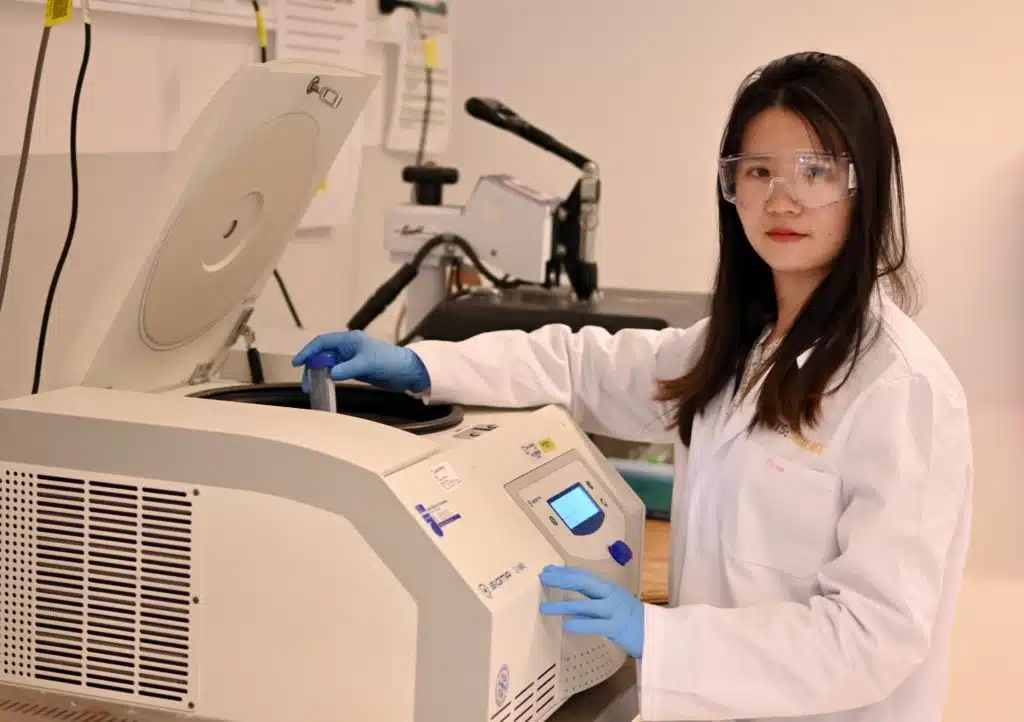A closed-loop technology improves energy recovery from sludge and reduces sludge disposal costs
Treating wastewater in Australia produces three million tonnes of sludge which then must be treated and disposed of. The process is responsible for 50 per cent of the total operating costs of wastewater treatment plants.
A researcher from the University of Technology Sydney has developed a new treatment technology that would not only reduce the amount of waste by a third but also recover energy from the sludge itself.
The end product would also be safer biosolids for fertiliser than currently being produced.
This technology only relying on a waste by-product of wastewater treatment itself, was invented by Huan Liu, who is completing his PhD at the university. Her research work has been published in Nature Index Journal and commended by the Australian Water Industry.
“It is a closed-loop technology – the only chemical needed is a waste by-product of wastewater treatment,” Huan says.
“Instead of being a contaminant for wastewater treatment plants, the waste by-product becomes a useful part of the process,” she says.
The process is also much more efficient at removing pathogens from the end product. Huan showed an 82 per cent reduction in pathogens and a 20~70 per cent reduction in antibiotic resistant genes from traditional procedures. The residue waste could achieve the Grade A biosolids according to the New South Wales Environmental Protection Agency, reducing the health risks of using the sludge as fertiliser.
Huan estimates that if the technology were applied to wastewater treatment plants in NSW alone, it would save taxpayers an estimated $5 million a year.
The technique works in all wastewater treatment plants with anaerobic digestion and only requires the installation of a small and simple mixing tank. The technology is being commercialised.
The estimated payback time would be less than one year, while the benefits for plants and society will be lasting.
The project was part of a collaborative research program sponsored by Water Research Australia Limited and the Australia Research Council.





 Fresh Science is on hold for 2022. We will be back in 2023.
Fresh Science is on hold for 2022. We will be back in 2023.